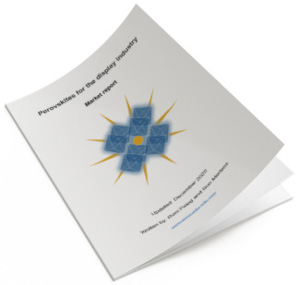Researchers design a TENG and perovskite solar cell that generates electricity from both sunlight and falling raindrops
Researchers from Soochow University, Xi'an Jiaotong-Liverpool University and Egypt's National Research Centre have developed a novel approach for making an all-weather solar cell that is triggered by both sunlight and falling raindrops.

They designed the solar cell by integrating a triboelectric nanogenerator (TENG) and perovskite solar cells to harvest raindrop energy and solar energy efficiently to provide a distributed energy source.




